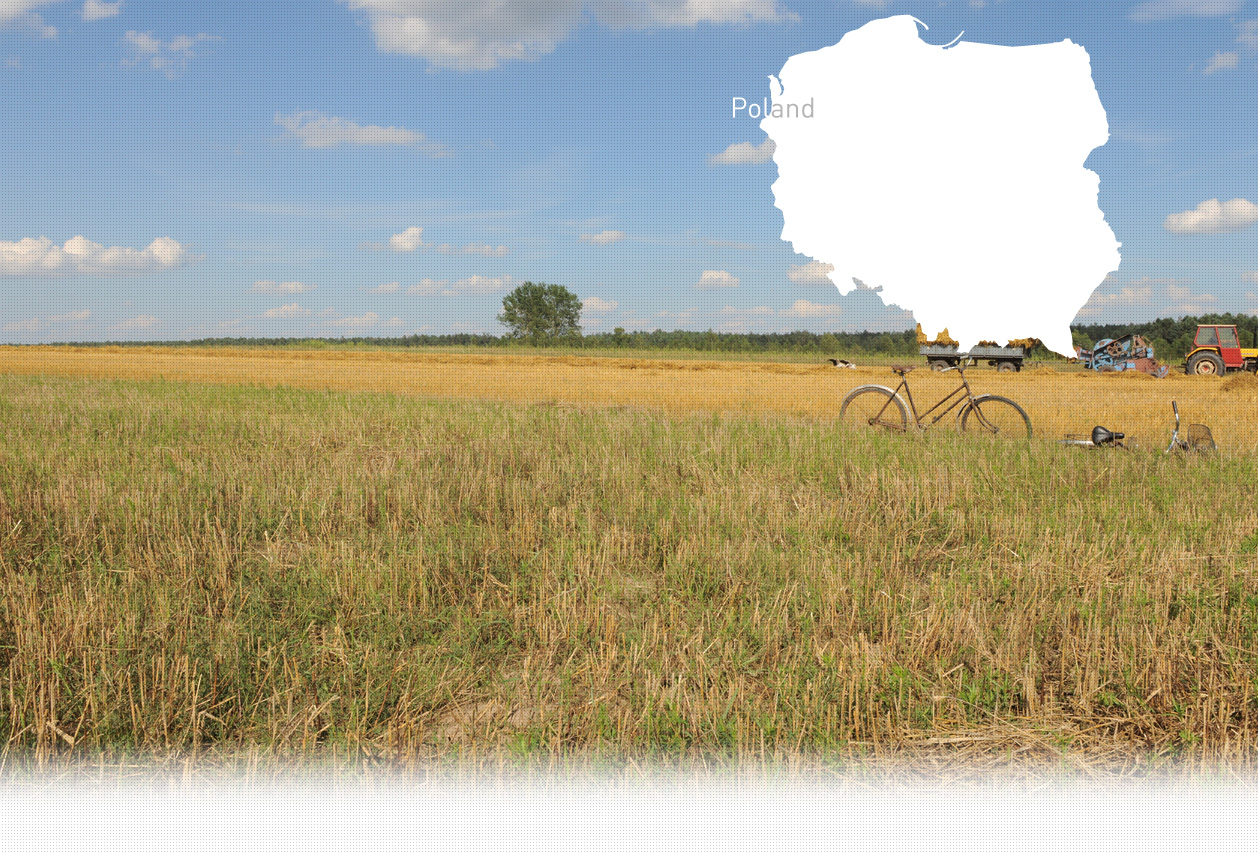

3 Killing site(s)
Genowefa M., born in 1931: “In Czermin, there was a German settlement called Hohenbach consisting of approximately 100 ethnic Germans who had peacefully coexisted with Poles and Jews for about 100 years. However, with the German army’s arrival in 1939, the attitude of these German settlers towards Poles and Jews changed drastically. Young Germans from the colony were conscripted into the German army and given weapons. Consequently, Poles were treated as slaves, and forced to work for these German families.
Local Jews attempted to escape as German settlers and others tried to capture and kill them. At night, some Jews sought refuge in our barn, while during the day, they hid themselves in the forest, where they ultimately faced execution. Mr. H., the village chief, had ordered the Jews to be rounded up in an empty house before their execution. However, they managed to escape through the chimney. Unfortunately, the Germans were alerted, and when the Jews tried to flee from the house into the forest, they were shot in the back.
At the end of the war, these German settlers fled Czermin out of fear of reprisals.”
(Testimony N°YIU1498P, interviewed in Łysaków, on September 20, 2023)
Łysakówek:
In 1942, 2 Jewish women were executed. The corpses were buried in an animal burial ground.
Czermin:
In the spring of 1943, 6 Jews from Borowa were executed. The corpses were buried by the woods next to the animal burial ground.
In the spring of 1943, two Jews from the community jail, including a girl of 15 years. The corpses were buried next to the burial ground near the woods.
In the spring of 1943, 2 Jews from Wola Otałęska. Names. The corpses were buried in an animal burial ground.
[Protokół Sądu Grodzkiego w Mielcu, 17.09.1945 ; Mps, j. pol., s.2, 337E ; Institute of National Remembrance IPN]
Łysaków is a village in the administrative district of Gmina Czermin, within Mielec County, Subcarpathian Voivodeship, in southeastern Poland. It lies approximately 4 km (2 mi) north-west of Czermin, 13 km (8 mi) north-west of Mielec, and 62 km (39 mi) northwest of the regional capital Rzeszów.
Little is known about Łysaków’s pre-war Jewish community. In the late 19th century, Łysaków was part of the Jewish metric district in Radomysl. Testimonies recorded in Łysaków, Czermin, and Szafranów mention several Jewish families residing in the area, primarily engaged in trade and the cattle business.
In 1783, settlers from the Rhineland arrived, establishing the village of Czermin under the name "Hohenbach." The colony comprised 56 families of German settlers, covering 654 morgens of the most fertile fields. The colonists were of the Protestant faith. Czermin, significantly populated by Jews after 1830, featured a Beit Hamidrash for daily prayers and a mikvah nearby. Before the Second World War, Czermin was home to 44 Jewish residents, whose distinct culture disappeared due to atrocities committed by the Germans.
The fate of the Jews in Łysaków and nearby villages is intricately tied to the history of Czermin. In 1939, as the German occupation began, a group of German colonists from Czermin organized a Nazi sabotage V column, playing a significant role in the persecution and murder of local Jews. Young Volksdeutche from Czermin’s Hochenbach colony were conscripted into the German army and armed, leading to the relentless persecution and shooting of local Jews.
Despite attempts to hide in nearby forests or among neighbors, Jews were progressively betrayed by local collaborators, incentivized by German authorities offering a reward of 300 zlotys for each denounced Jew—equivalent to two chickens, as recalled by local witnesses.
The most intense wave of violence against Jews occurred in 1942-1943, as evidenced by archival records. The Yahad team, through interviews with witnesses in the area, determined that at least a dozen Jews from Łysaków, Łysakówek, Borowa, Czermin, and potentially other localities were shot by the German military or ethnic Germans from Czermin. Three execution sites and mass graves of Jewish victims were identified.
Remarkably, some Jews managed to survive the war, primarily owing to the assistance of Poles. Genowefa M. noted that several Polish families from nearby villages, such as Dąbrówka and Breń Osuchowski, provided shelter for Jewish children until the end of the German occupation.
Do you have additional information regarding a village that you would like to share with Yahad ?
Please contact us at contact@yahadinunum.org
or by calling Yahad – In Unum at +33 (0) 1 53 20 13 17